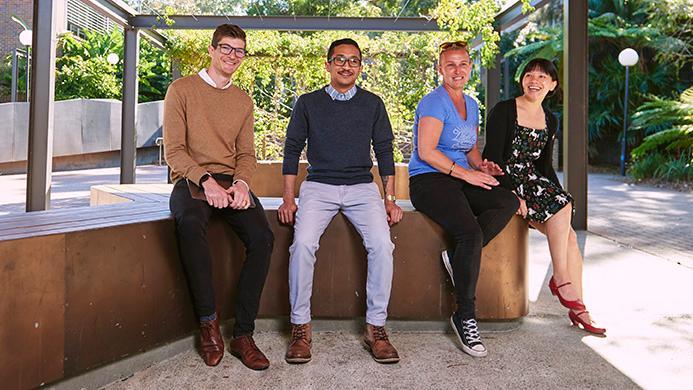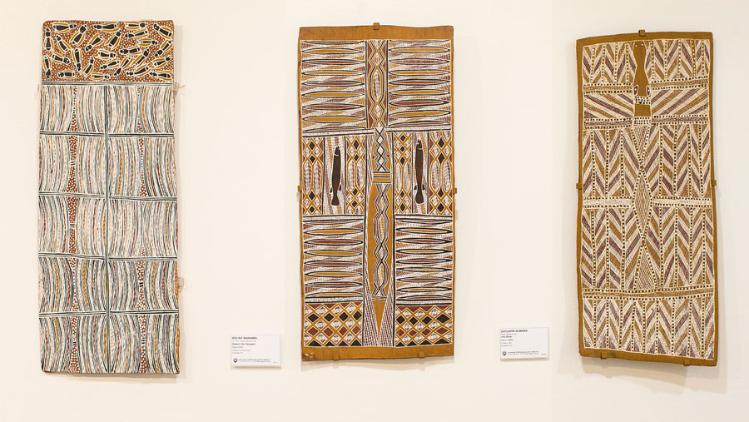Ever wondered what it's like to be a uni student?
Discovery Days at the University of Wollongong allow Year 12 students from across the state to experience life on campus.
Start your journey[speaker one] How's your Discovery day be it's been?
[speaker two] Pretty good, the campuses are massive and It's like really cool. It's my first time being to like a university, it's cool to actually like, experience these things for the first time.
[speaker three] It's really nice. I love like, how many trees there are and like, all the food, like having like my favourite Mexican place just over there was really cool.
[speaker four] Just like they had so much resources and stuff it seems, seems really crazy.
[speaker five] my anticipation of uni would be it's really scary, but I like the vibe around, it looks very welcoming and uh yeah I'd definitely like to come to UOW














